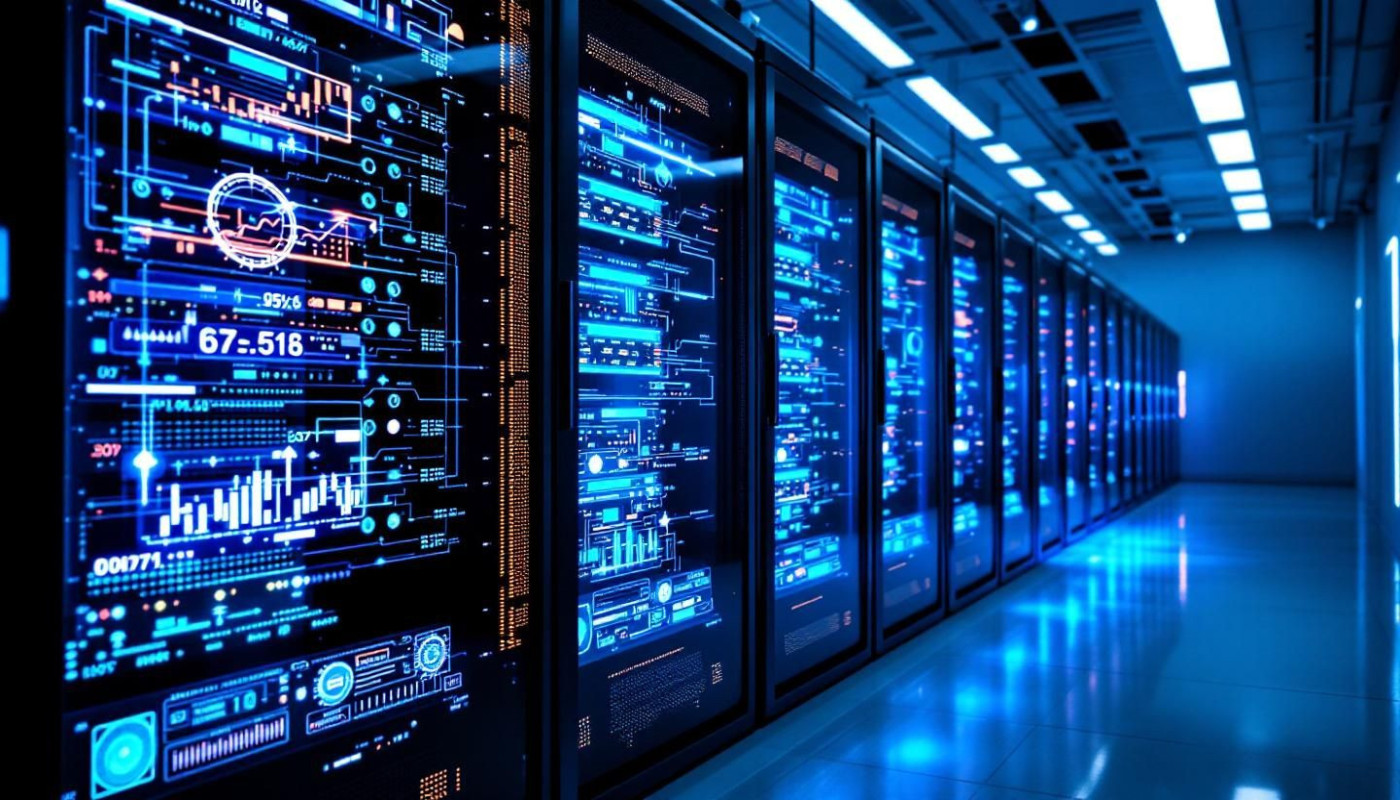Table of contents
As the digital landscape evolves at an unprecedented pace, data centers stand at the forefront of technological transformation. Cutting-edge innovations are revolutionizing how these infrastructure hubs operate, ensuring greater efficiency, sustainability, and security. Dive into the following sections to uncover the key advancements that are redefining the future of data centers and shaping a new era in information management.
Green energy solutions
Green data centers are increasingly turning to renewable energy and energy efficiency measures as the backbone of sustainable infrastructure strategies. The adoption of solar and wind integration allows these facilities to minimize reliance on traditional power grids, reducing both environmental impact and long-term operational expenses. Implementing energy-efficient practices, such as utilizing advanced cooling techniques—liquid immersion, free air cooling, and AI-driven climate controls—directly improves Power Usage Effectiveness (PUE), a key metric in data center energy management. This holistic approach helps organizations meet stricter environmental regulations, enhances public perception, and creates operational resilience against rising energy costs. A prominent example in Europe is covered in the full article, which discusses the growth of green data centers in response to increased demand, driven by both financial and ecological imperatives.
Edge computing expansion
Edge computing is transforming data center architecture by shifting computational processes closer to data sources, drastically reducing latency and enhancing overall performance. This trend addresses the demand for latency optimization, a necessity driven by the proliferation of IoT devices and the rollout of 5G networks. By processing vast volumes of data at the network edge, latency reduction is achieved, enabling real-time analytics and instantaneous decision-making for applications such as autonomous vehicles and smart cities. Distributed networks are adopting innovative models, including micro data centers—compact, modular facilities strategically located to provide efficient, localized services. These micro data centers play a pivotal role in supporting edge computing, offering scalability, resilience, and the flexibility required to adapt to rapidly evolving digital environments. As the backbone of next-generation digital infrastructure, edge computing is redefining how data centers operate, setting new standards for efficiency and responsiveness in the era of distributed networks.
Artificial intelligence integration
Artificial intelligence is revolutionizing data center operations through multiple advancements such as predictive maintenance, workload management, and comprehensive data center automation. By deploying sophisticated machine learning algorithms, data centers can now anticipate equipment failures before they occur, significantly reducing unplanned outages and repair costs. AI analytics provide continuous, real-time insights into resource usage, enabling precise resource optimization that balances workloads across servers with maximum efficiency. Predictive maintenance empowered by artificial intelligence ensures that critical infrastructure remains operational and resilient, while data center automation streamlines routine administrative tasks, freeing up technical staff to focus on higher-level strategies. These innovations collectively drive operational excellence, minimize downtime, and enhance overall data center performance.
Advanced cooling techniques
Modern data center cooling strategies are rapidly evolving to meet the demands of high-density servers and increasingly powerful computing hardware. Liquid cooling, including direct-to-chip methods, and immersion cooling systems are now at the forefront of thermal management innovation. Liquid cooling utilizes a coolant distribution unit (CDU) to circulate fluids directly to hot components, dramatically improving heat extraction compared to legacy air-based solutions. Immersion cooling submerges entire server boards in dielectric fluids, efficiently dissipating heat even in the most demanding compute environments. Adoption of these technologies not only enables higher rack densities but also reduces energy consumption, supporting sustainability objectives and lowering operational costs. These advanced data center cooling methods are pivotal as facilities strive to balance performance with environmental stewardship.
Enhanced data security protocols
Data center security is undergoing rapid transformation as organizations adopt advanced encryption protocols, zero-trust architecture, and biometric security measures to address rising cyber threats. The implementation of robust encryption protocols guarantees the confidentiality and integrity of sensitive information, both in transit and at rest, safeguarding against unauthorized access. Zero-trust architecture redefines perimeter defense by ensuring that every user and device, regardless of location, undergoes verification before accessing network resources. Incorporating biometric security, such as fingerprint and facial recognition, combined with multi-factor authentication (MFA), further strengthens access controls, making it harder for unauthorized individuals to compromise critical infrastructure. These innovations not only mitigate evolving threats but also help organizations meet global cybersecurity compliance standards, reducing the risk of data breaches and regulatory penalties. As data centers evolve, these integrated security strategies form the backbone of a resilient cybersecurity posture.




